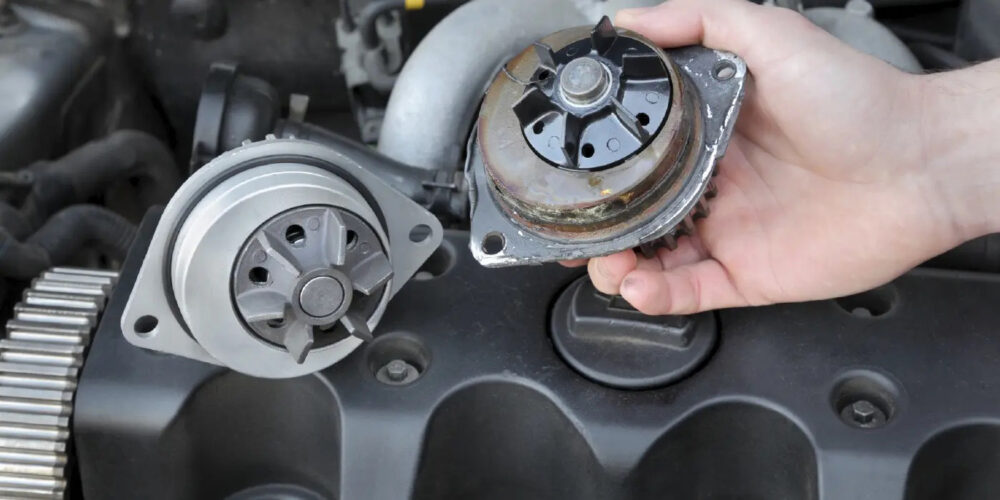
When do customers buy gaskets and seals? They typically buy a gasket if their engine has an oil, coolant, vacuum or exhaust leak. This includes valve cover and oil pan gaskets, timing cover gaskets, head gaskets, intake and exhaust manifold gaskets, carburetor and throttle body gaskets, thermostat housing gaskets, EGR valve gaskets, crankshaft end seals and valve guide seals.
A customer also may need certain gaskets when they are rebuilding an engine or replacing other engine components such as valve springs, rocker arms, pushrods, lifters, a camshaft, timing chain, water pump, oil pump, intake or exhaust manifold, or cylinder head. That’s a lot of potential sales opportunities, so don’t overlook gaskets and seals as an add-on sale when a customer is buying other engine parts.
For major engine repairs that require a lot of disassembly, recommend the appropriate gasket set rather than trying to sell individual gaskets. A set will include all of the gaskets and seals that are normally replaced during a particular repair, such as a head gasket set. Some sets also include new fasteners because torque-to-yield (TTY) head bolts that stretch when they are tightened should not be reused due to an increased risk of breakage.
The “composite” intake manifold gaskets that are used on some late-model V6 and V8 engines have a tendency to develop coolant leaks as time, mileage and corrosion take their toll on the plastic carrier and synthetic rubber coolant passageway seals. This can lead to engine overheating from the loss of coolant and oil contamination (which increases bearing wear). The gaskets themselves are not that expensive, but do require quite a bit of disassembly labor to replace. A head gasket failure results in a coolant or combustion leak, which can be the result of high mileage and age, engine overheating or improper installation. The thinnest area of a head gasket is between adjacent cylinders. Here, combustion pressure and thermal stress are highest. If an engine runs hot or overheats, expansion of the cylinder head can crush the gasket and cause it to leak coolant into a cylinder or compression between cylinders (or both).
Over time, annoying oil leaks can develop around valve covers, timing covers, the oil pan or front or rear crankshaft seals. Time and heat can make such gaskets lose their elasticity. Improperly tightened cover fasteners (loose or too tight) also can be a contributing factor. Molded silicone cover gaskets and premium synthetic crankshaft seals (such as Viton) can provide increased longevity over cork/rubber gaskets or standard seal materials.
On applications where no factory gasket was used and the seam was sealed with RTV silicone, the old RTV can be carefully scraped off and resealed with fresh RTV, or a conventional gasket (if available) can be installed. Cork and fiber gaskets typically require the application of sealer unless they are precoated with an adhesive or sealer. Molded rubber and silicone gaskets are installed dry (no sealer).
Many late-model engines have complex split-plenum intake manifolds with internal butterfly valves that vary air velocity depending on engine speed and load. Vacuum leaks along the seam where the upper and lower halves of the manifold bolt together are common. The upper manifold gasket also may have to be replaced if the upper half of the manifold must be removed to replace other parts such as spark plugs, valve covers or valvetrain components.
The valve guide seals on high-mileage engines are another item that often need to be replaced. The seals prevent oil from being sucked down the valve guides. Over time, seal wear will increase oil consumption. The seals can be replaced on many engines without having to remove the cylinder heads by using a valve spring compressor and pressurizing the cylinder with shop air to hold the valves in place while the seals are being changed.











